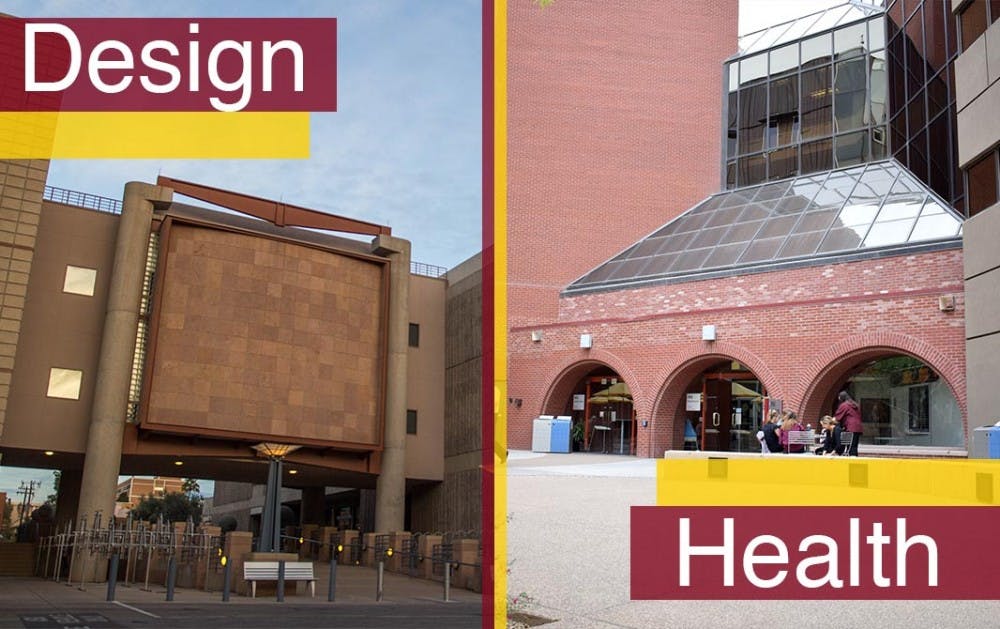A partnership between the Herberger Institute for Design and the Arts and the College of Health Solutions aims to solve various health problems through collaborative interdisciplinary projects.
The joint effort stems from a $20,000 grant called the Collaborative Seed Grant program, which currently funds three different projects.
Deborah Helitzer, dean of the College of Health Solutions, said she is excited about the intersection of art and health and her goal is to bring different disciplines together.
Health can be impacted by several things, and health outcomes can be further accelerated through multidisciplinary collaboration, she said.
“The intersection of art and health is so important to healing, and we don’t really understand it, but it sort of doesn’t matter," Helitzer said. "It’s the act of doing it together, figuring out somehow using the two disciplines and bring them together, making both of them more effective.”
Steven Tepper, dean of the Herberger Institute for Design and the Arts, expressed the uniqueness of ASU's appetite to work with art, something that is unparalleled.
“At ASU, there's a huge appetite and an invitation by almost every other dean to recognize that art and design can be critical assets for them in their work," he said.
Tepper said that he hopes students in the Herberger Institute for Design and the Arts can work at the intersections of every field and the most exciting part of this collaboration is the power found within working in interdisciplinary fields like art and health.
“Being an artist or designer in the world means that you are not just on the stage or in the studio, but you're working collaboratively, advancing every important issue of our time," he said. “I think health is an area where art and design have been leading and having influence. There's a lot of artists and designers that work in this space."
Dean Bacalzo, an assistant professor of industrial design in the Design School, expressed the many benefits design can bring to health.
Bacalzo is a co-investigator on a project funded by the grant and is currently working with Floris Wardenaar, associate professor of nutrition and the principal investigator for the project. The duo's project focuses on working to develop a system for student athletes to assess their hydration levels.
Design can bring in a more friendly approach to a process that can be very clinical, Bacalzo said, and he believes design can improve the overall patient experience.
Sabine Feisst, a professor of music in the School of Music, said she has had a positive experience following this collaboration between the schools, adding that, “It has been wonderful.”
Feisst is the principal investigator of ASU's Acoustic Ecology Lab, a project that works with hearing loss rehabilitation as well as prevention and awareness. Her co-investigators are Aparna Rao, a clinical associate professor in the College of Health Solutions, and Garth Paine, an associate professor in the School of Arts, Media and Engineering.
Feisst said she thinks the disciplines can learn from one another.
"We can protect each other, and we can strengthen each other. We’re stronger together," she said. "...This has been really a pleasant relationship so far and with mutual respect. You don't find that a lot."
Correction: A previous version of this story misspelled Floris Wardenaar's case title. The article has since been updated to reflect the change.
Reach the reporter at bstoshne@asu.edu and follow @itsbrennaaaa on Twitter.
Like The State Press on Facebook and follow @statepress on Twitter.




